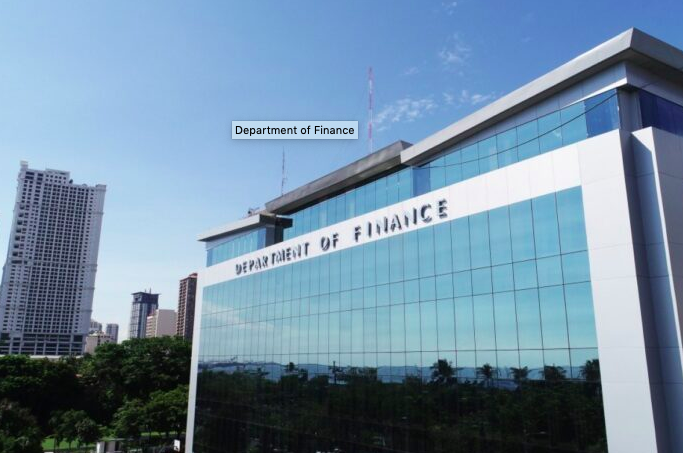The Bureau of the Treasury (BTr) has teamed up with the country’s leading banks to let small investors buy at easy terms Retail Dollar Bonds (RDBs) that the government is planning to issue this year to fulfill part of its domestic financing requirements for 2021.
In a report to Finance Secretary Carlos Dominguez III, the BTr said several banks have expressed support for its issuance of RDBs, and agreed to set the minimum initial deposit and average daily maintaining balance requirement to zero for those who would want to purchase these US dollar-denominated securities.
The issuance of RDBs is part of the government’s efforts to diversify sources for funding its operations and is in keeping with President Duterte’s goal of financial inclusion for all Filipinos.
This plan to democratize dollar-bond investing means that banks would do away with their current practice of requiring depositors to open dollar accounts with a minimum balance of US$500 to US$1,000 before being able to invest in the RDBs.
The RDBs will be the first onshore United States (US) dollar-denominated bonds to be issued by the BTr in amounts as low as US$300, according to National Treasurer Rosalia De Leon.
De Leon said the RDBs “will provide small investors a tool to diversify their investment portfolio aside from the usual Peso Retail Treasury Bonds (RTBs) and Premyo Bonds.”
“We are planning to make the RDBs available to individual investors at a minimum amount of only US$ 300, significantly lower than the minimum amount for investing in traditional Philippines’ US dollar-denominated bonds of US$200,000,” said De Leon in her report.
Aside from offering the RDBs at a small minimum investment amount, she said that access to such bonds will be much easier as these will be available through the BTr’s Online Ordering Facility, Bonds.PH mobile app, and the Overseas Filipino Bank (OFBank) mobile application.
De Leon said that to offer the RDBs to the widest investor base possible, the BTr will be introducing two accounts for people to invest in this instrument–the straight US Dollar and PesoClear options.
Those who wish to invest in RDBs through the straight US Dollar method would need to open US dollar accounts with a local participating bank that will serve as the cash settlement account where the interest earnings and the principal repayment at maturity will be credited to the investor, De Leon said.
Aside from waiving the usual requirements on the opening of dollar accounts, De Leon said several banks have committed to make it easier and safer for investors of the RDBs to open US dollar accounts without having to physically go to their branches.
As for the PesoClear option, investors who do not have US dollar accounts can use their existing Philippine bank accounts to purchase the RDBs.
In the initial investment, the investor will pay the peso equivalent of the face amount of the RDBs based on the prevailing market exchange rates. During the life of the RDBs, the investor’s settlement bank will automatically convert the quarterly interest payments and principal repayment at maturity into pesos and credit these to the Philippine account of the investor, all at the market exchange rate during the transactions.
Given these structures, the BTr has started its financial literacy sessions to discuss the risks in this new instrument, especially foreign exchange risks, and ensure that investors understand the risks to their investments before purchasing RDBs.
To date, the BTr has already hosted webinars for overseas Filipinos from 20 countries in coordination with the Philippine embassies. More financial literacy webinars will be scheduled by the BTr in the coming weeks, De Leon said.
Over the past years, the Bangko Sentral ng Pilipinas (BSP) has introduced a series of foreign exchange liberalization reforms that have enhanced the access of individuals to foreign currency.
As a result of these reforms, interested investors to the RDBs could easily buy foreign exchange from their banks to be used for purchasing the bonds, De Leon said. (DOF)
